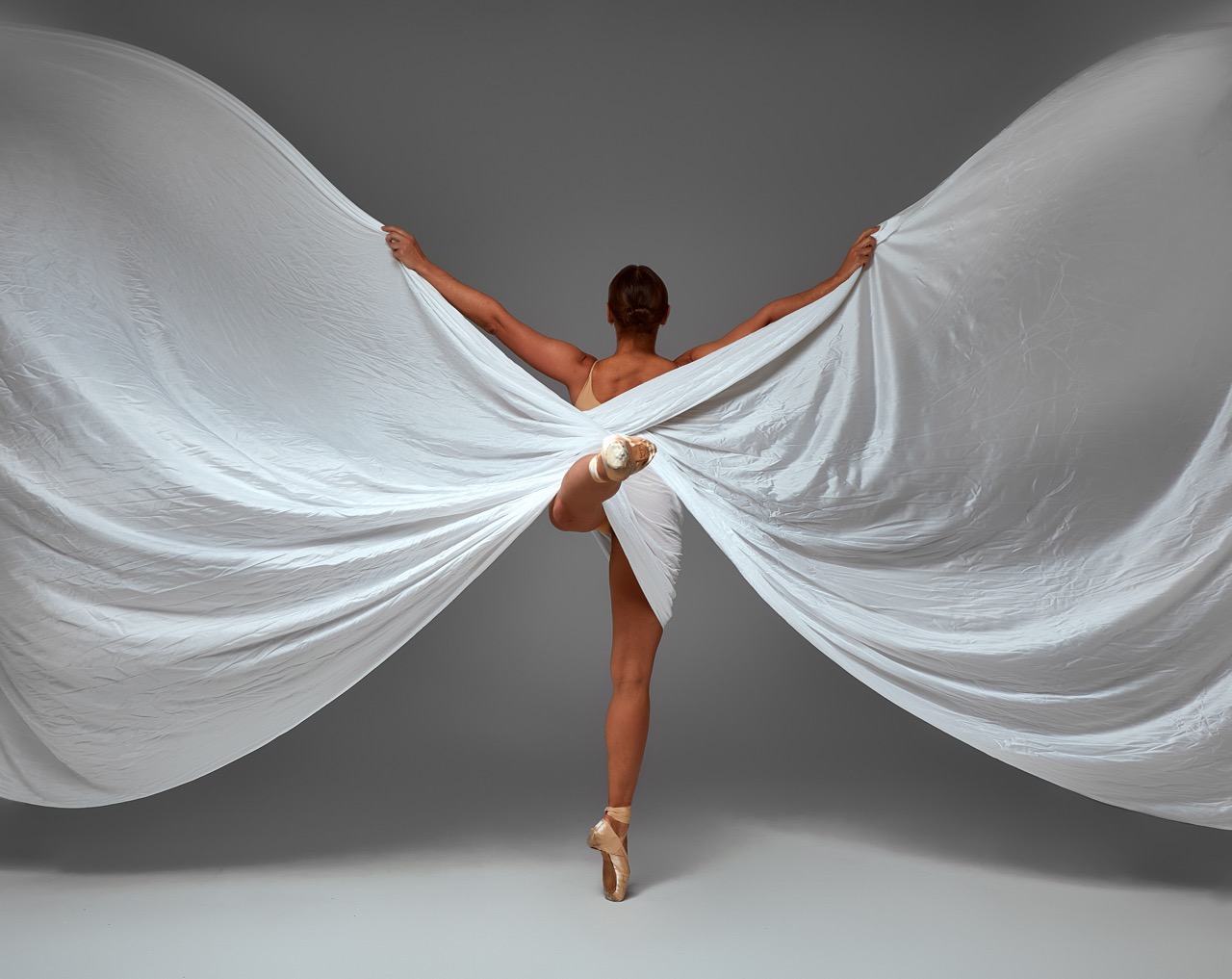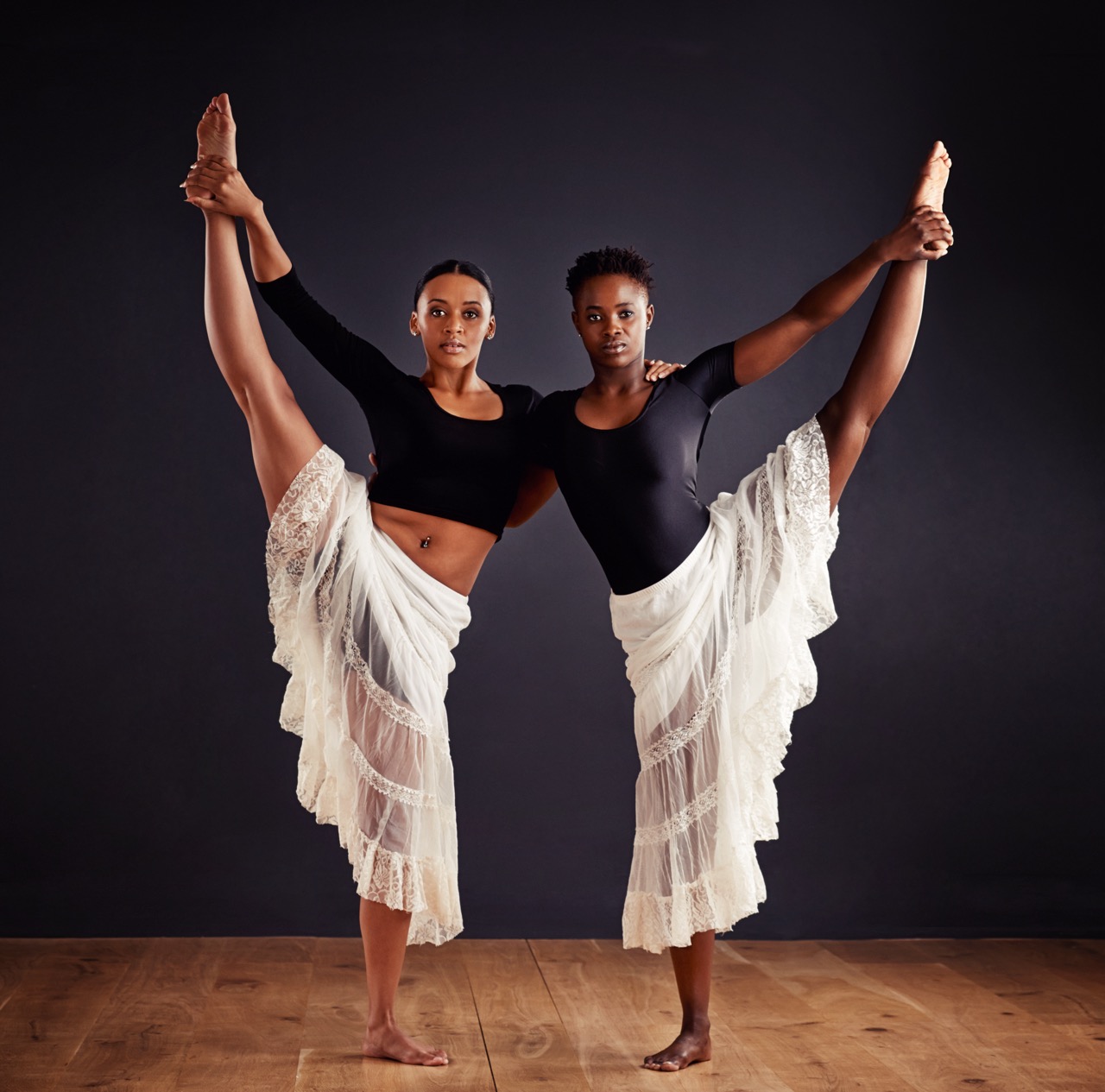Dance is an art form that transcends time and culture, bringing together movement, expression, and creativity. For dancers, the tools of their trade play a crucial role in delivering captivating performances. Among these tools, dance wings—often used in various dance styles to add visual flair and dynamic movement—have evolved significantly thanks to advancements in technology. Today, we explore how innovative materials and techniques are enhancing the durability and longevity of dance wings, ensuring that they can withstand the rigors of performance while maintaining their aesthetic appeal.
Innovations in Material Science for Dance Wing Durability
Recent advancements in material science have revolutionized the way dance wings are constructed. Traditionally, these wings were made from delicate fabrics that could easily tear or fray under stress. Now, high-performance materials like ripstop nylon and polyester blends are being utilized, which are not only lightweight but also resistant to damage. These materials are engineered to provide enhanced tensile strength, allowing dancers to express themselves without the fear of their wings falling apart mid-performance.
Moreover, the introduction of moisture-wicking technologies has mitigated the risk of wear and tear caused by sweat and humidity. Dancers often perform in high-energy settings, leading to moisture accumulation on their costumes. The new fabrics allow for effective moisture management, ensuring that the integrity of the wings is maintained even in challenging environments. This innovation helps in preserving the visual quality of the dance wings while extending their lifespan significantly.
Additionally, cutting-edge techniques such as laser cutting and digital printing are being employed to create intricate designs without compromising the structural integrity of the wings. These methods allow for precision in crafting, ensuring that the wings not only look stunning but are also built to last. As a result, modern dance wings can withstand repeated performances, making them a sound investment for dancers and choreographers alike.
The Role of Advanced Fabric Technologies in Performance
Advanced fabric technologies play a pivotal role in enhancing the performance of dance wings. Fabrics that incorporate elastane or spandex provide flexibility and ease of movement, allowing dancers to execute complex choreography without restriction. This adaptability ensures that the wings respond to the dancer’s movements seamlessly, enhancing the overall visual impact of the performance. As a result, dancers can focus on their artistry rather than worrying about the limitations of their costumes.
Furthermore, innovations like anti-UV and flame-retardant treatments are being integrated into dance wing fabrics, ensuring safety and longevity. Performers often work under intense stage lights or in outdoor environments, so these enhancements protect the wings from fading or catching fire. By combining safety features with aesthetic qualities, dance wing manufacturers are providing performers with costumes that not only look beautiful but also function reliably in various settings.
Lastly, the incorporation of 3D printing in fabric design is opening up exciting possibilities for customization. Dancers can create bespoke wings tailored to their unique styles and performances, pushing the boundaries of traditional designs. This technology allows for the creation of lightweight yet sturdy structures that can mimic organic forms, giving dancers the freedom to explore new artistic dimensions while ensuring that their wings remain durable.
Sustainable Practices: Combining Longevity with Eco-Friendliness
In an era where environmental consciousness is paramount, the dance industry is also embracing sustainable practices in the production of dance wings. Manufacturers are increasingly opting for eco-friendly materials, such as organic cotton and recycled polyester, to create wings that are not only durable but also kind to the planet. These materials reduce the environmental impact of production while still delivering high-quality performance and style.
Additionally, brands are focusing on ethical production processes, ensuring that workers involved in the manufacturing of dance wings are treated fairly and compensated adequately. This shift towards sustainability not only contributes to the well-being of the planet but also resonates with dancers who seek to align their artistic expression with responsible consumption. By choosing sustainable options, dancers can perform with a sense of pride, knowing that their costumes reflect their values.
Longevity in dance wings translates into less waste, as high-quality materials mean that dancers can use their costumes for many performances rather than discarding them after a few shows. This focus on durability is a crucial aspect of sustainable practices in the dance community, promoting a circular economy where garments are valued and used to their fullest potential. Ultimately, the combination of durability and eco-friendliness is redefining the way dance wings are conceived and appreciated.
Future Trends: Next-Gen Dance Wings and Their Innovations
As we look to the future, the landscape of dance wings is poised for exciting innovations that will further enhance their durability and performance. One promising trend is the integration of smart textiles, which incorporate sensors to monitor temperature, movement, and even fatigue levels. These advancements could revolutionize how dancers interact with their costumes, providing real-time feedback that can enhance both safety and performance.
Moreover, the exploration of biodegradable materials in dance wing production is gaining traction. By harnessing materials that decompose naturally over time, manufacturers can create wings that minimize ecological footprints without sacrificing performance. This development aligns with the industry’s growing commitment to environmental stewardship, ensuring that dance wings can be both beautiful and sustainable.
Lastly, we can anticipate a rise in collaborative design efforts between dancers, choreographers, and technologists. This interdisciplinary approach will likely lead to the creation of innovative wing designs that are specifically tailored to the demands of modern choreography. As the dance world continues to evolve, so too will the technology behind dance wings, ensuring that they remain a vibrant and integral part of this expressive art form.
In conclusion, the evolution of dance wings, driven by advancements in material science and technology, is transforming the way dancers approach their craft. With innovations that enhance durability, performance, and sustainability, modern dance wings empower artists to express their creativity without limitations. As we embrace the future, the continued collaboration between designers, technologists, and dancers promises to unlock new possibilities, ensuring that dance wings remain a dynamic and essential element of the performing arts for years to come.










